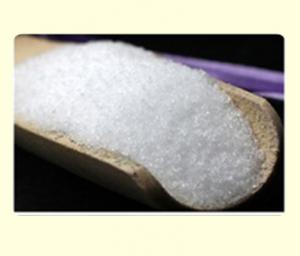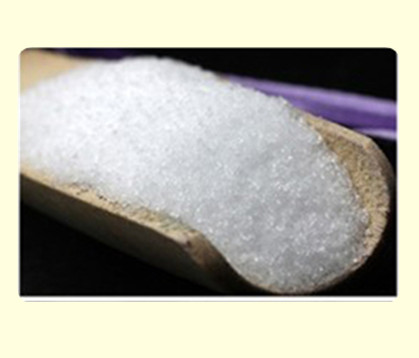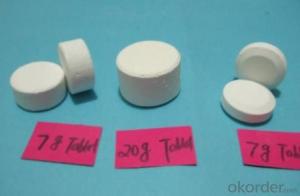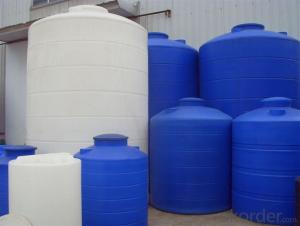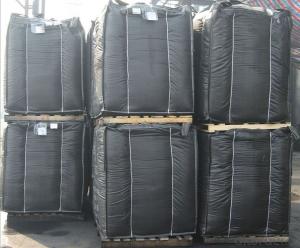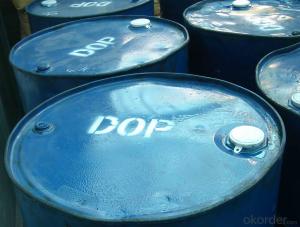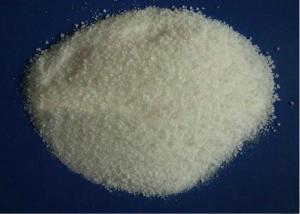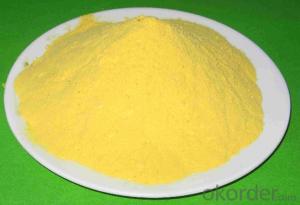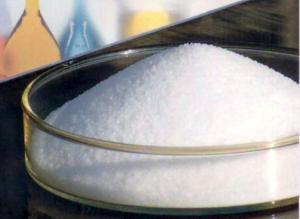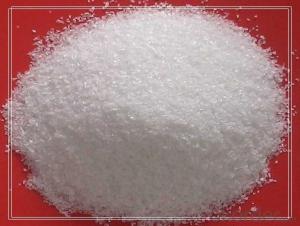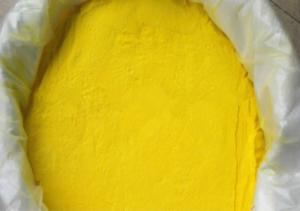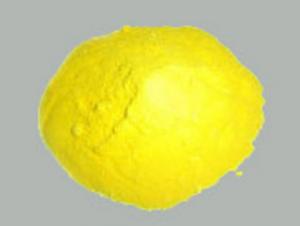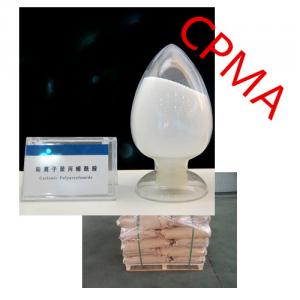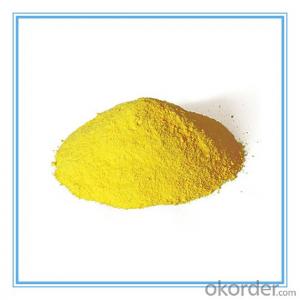Specifications
1)PAM;
2) Molecular weight: 6million ;
3) Inherent content: 90% min;
4) ISO 9001: 2008 standards;
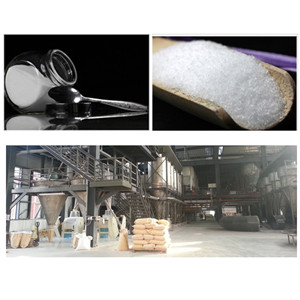
PAM
Description:
PAM is a linear water-soluble polymer, and is a kind of widely applied in the Water soluble polymer. t consists of acrylamide monomer polymerization, the molecular backbone with large side group.- Amide group. Amide group activity is very big, can reaction with various compound and produce many PAM derivatives. So, polyacrylamide is not only a series of derivatives, but aslo has a variety of valuable properties, such as: flocculation, anchoring (thick), surface activity, etc. Polyacrylamide is a kinds of series of products. Because of the different relative molecular mass and electrical ,so there are many different varieties, and molecular world of the senses in base reaction and derived more varieties, these products have their own unique performance, therefore has the corresponding use object. General which can be divided into several categories.
From the relative molecular mass to classification, can be divided into low molecular weight polyacrylamide (molecular weight below 1 million), the relative molecular mass polyacrylamide (relative molecular mass in 1 million ~ 10 million), high molecular weight polyacrylamide (relative molecular mass 10 million ~ 15 million), ultra high molecular weight polyacrylamide (relative molecular mass in more than 17 million).
Polyacrylamide series products according to the ion characteristic can be divided into the categories: nonionic and anionic, cationic and amphoteric polyacrylamide. The polymers can be homopolymer, also can be copolymer.
PAM molecular chain is very long, this makes it between particles in bridge, pull them together and rapid settlement; Polyacrylamide can greatly reduce the fluid energy. through the pipeline .Therefore polyacrylamide in many fields have a wide range of USES. The use of polyacrylamide in China of the first four large were production industry, water treatment, ore dressing and coal washing, papermaking.
specification and main technical indicators:
Main technical indicators name | anion | nonionic | cation |
Appeatance | white granule/powder | white granule/powder | white granule/powder |
grain diameter(mm) | <2 | <2 | <2 |
molecular weight(ten thousand) | 300-2200 | 300-1200 | 300-1200 |
degree of hydrolysis(%) | 15-80 | 5-15 | 10-80 |
soild content(%) | ≥90 | ≥90 | ≥90 |
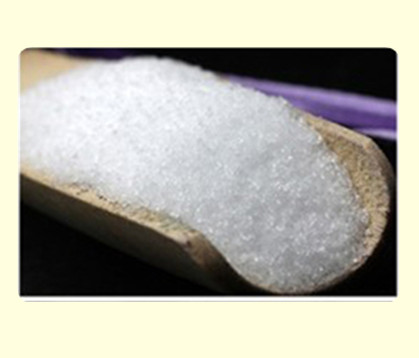
Application Field:
1.Polyacrylamide is widely used in oil production of chemical additives (oil additives) drilling mud agent, water shutoff profile control agent, tertiary oil displacement agent, etc.
2.Polyacrylamide is widely used as a mining mineral processing reagents, such as copper, iron ore, gold flotation and tailing water treatment, coal mine coal washing flocculation and water treatment, starch factory and alcohol plant of starch and vinasse recovery, etc.
3.Polyacrylamide is widely used in drinking water, water supply and drainage of various processing, such as tap water factory system water, metallurgy industry sewage treatment, oil chemical industry wastewater treatment, food industry wastewater treatment, pharmaceutical enterprise sewage treatment, and urban sewage of comprehensive treatment, caustic soda production, industrial brine purification, phosphoric acid process flocculation precipitation and so on many kinds of industry, PAM flocculation precipitation effect is very good.
4.For all kinds of sludge dewatering, according to the different sludge properties choose corresponding product brand, can effectively in the sludge into the dehydration machine before gravity sludge dewatering. Dehydration, produce floccules big, do not glue the filter cloth, in filter without diffusing, consumption and dewatering efficiency is high, the mud cake moisture content under 80%.
5.In the paper industry, polyacrylamide is used as paper strengthening agent, textile industry used as sizing agent and fabric finishing agent, the construction industry used for coating of the thickener and the cement of anchoring and chemical grouting agent, but also can be used for desert governance, afforest not of super absorbent polymers, such as soil amendment.
Application Method:
1. The product should be prepared for the water solution of 0.1% as concentration. It is better to use neutral and desalted water.
2. The product should be scattered evenly in the stirring water, and the dissolving can be accelerated by warming the water (below 60 °C).
3. The most economical dosage can be determined based on a preliminary test. The pH value of the water to be treated should be adjusted before the treatment.
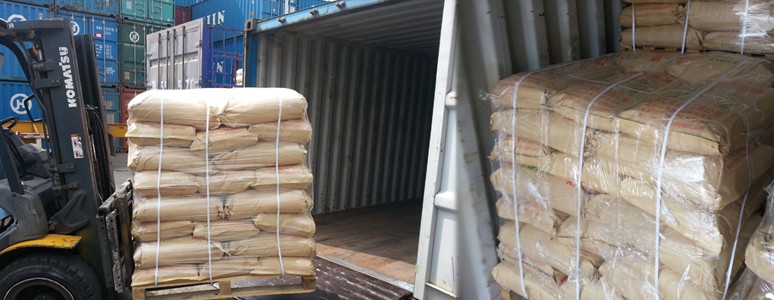
Package and Storage:
1. The solid product can be packed in inner plastic bags, and further in polypropylene woven bags with each bag containing 25Kg.
2. This product is hygroscopic, so it is should be sealed and stored in a dry and cool place below 35°C.
3. The solid product should be prevented from scattering on the ground because the hygroscopic powder can cause slipperiness.
